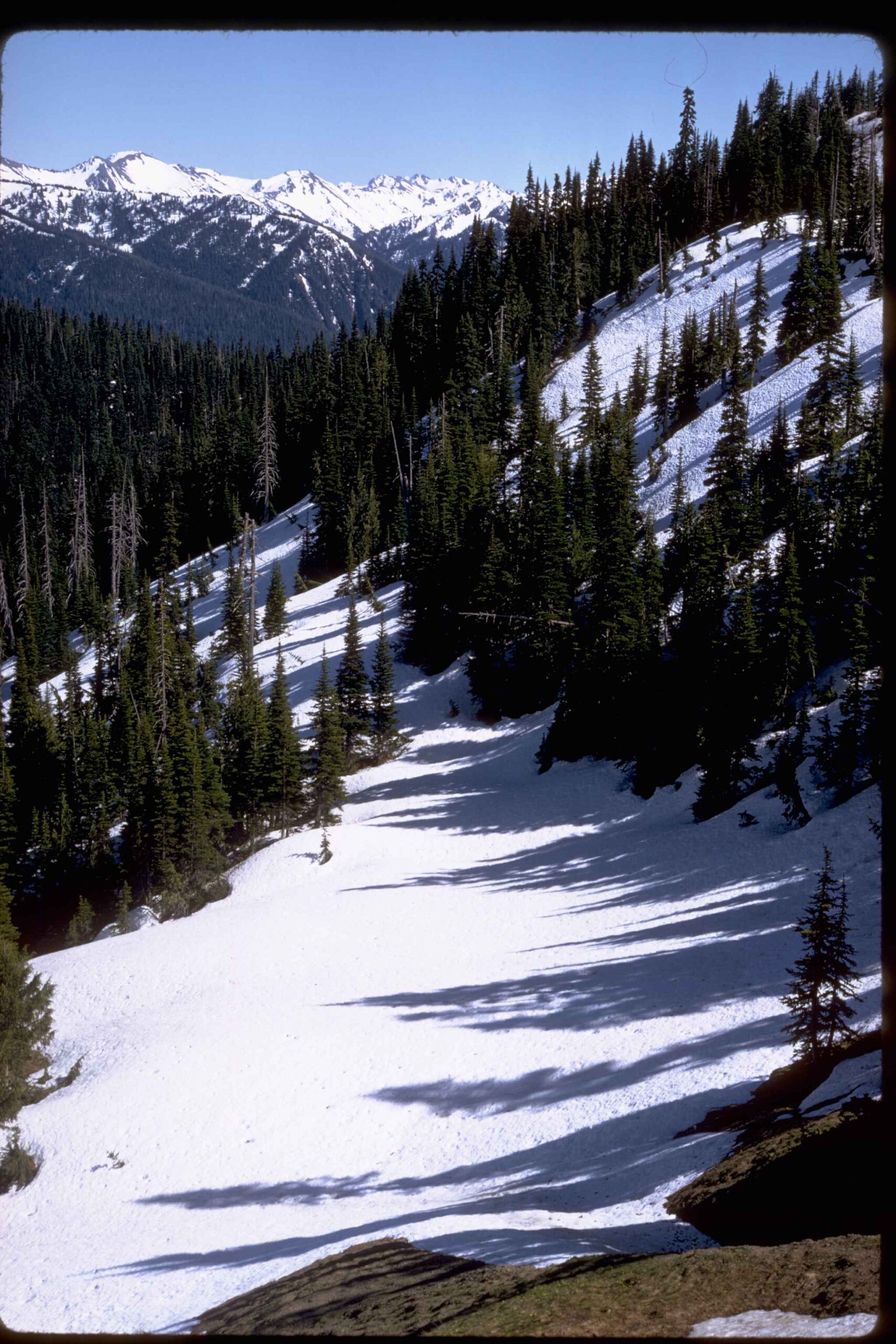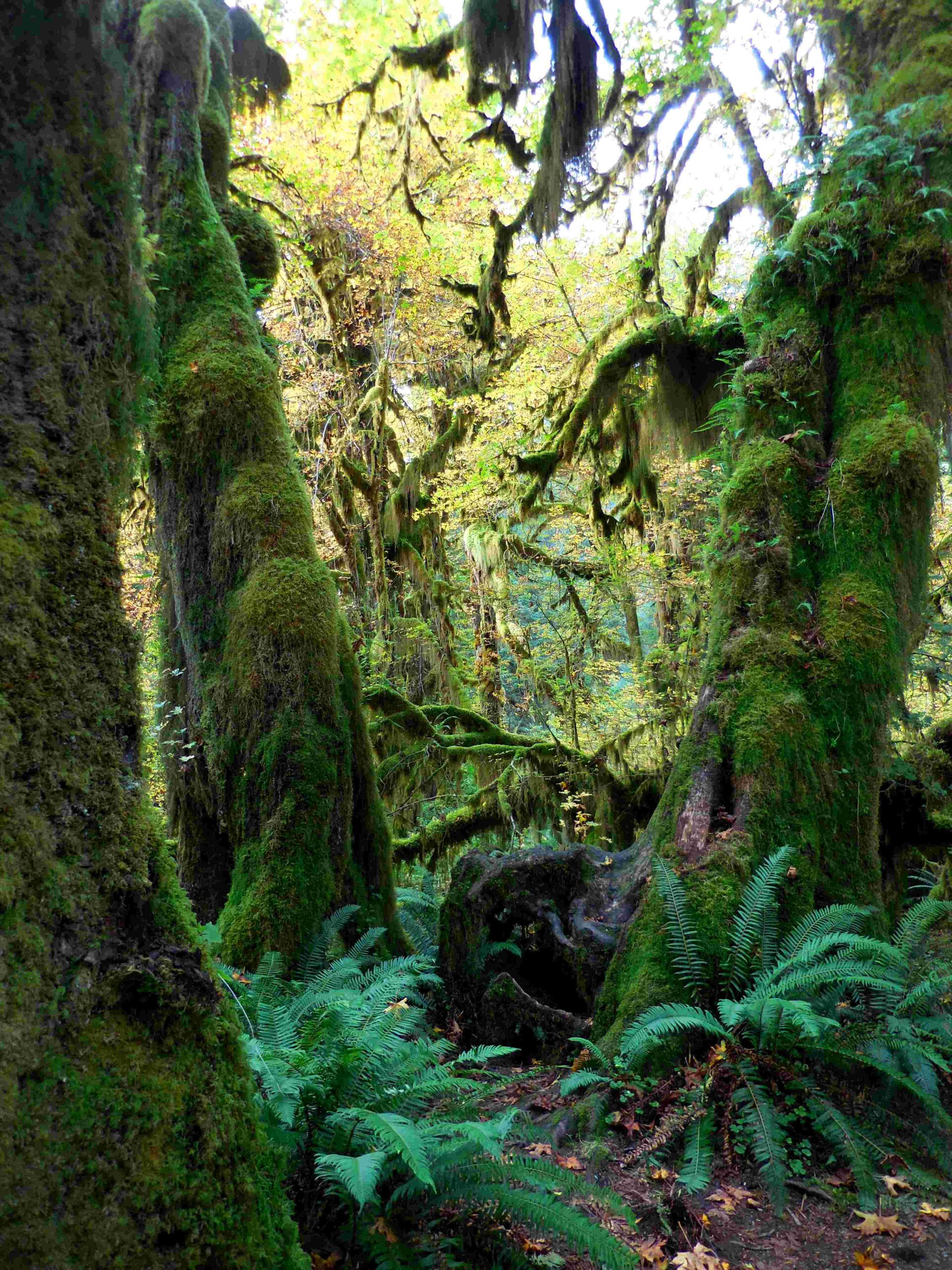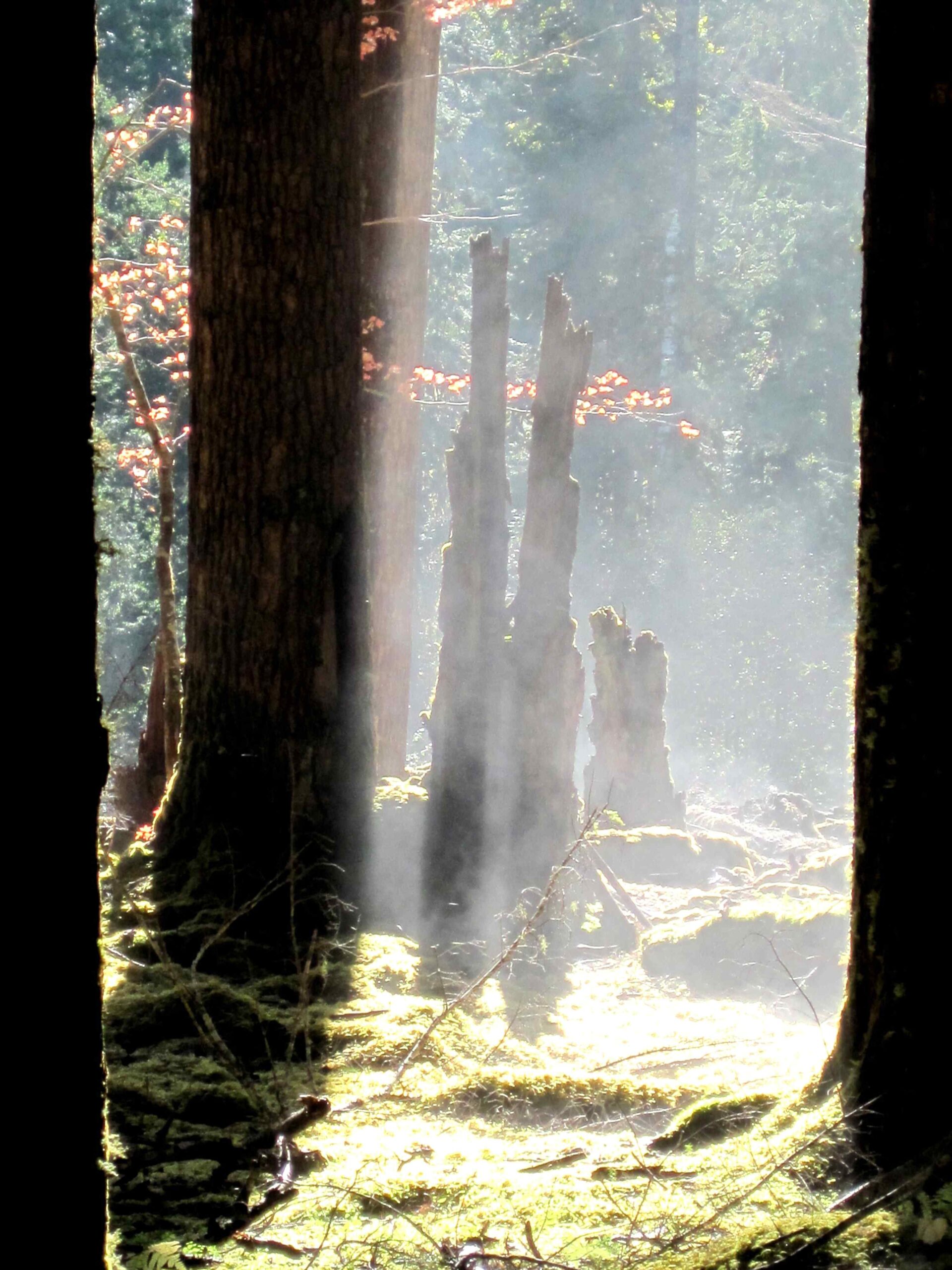Olympic National Park’s coastal areas are home to diverse and vibrant marine ecosystems, including stunning tide pools teeming with life. These intertidal zones, often referred to as the Olympic National Park reef, offer visitors a unique opportunity to observe a wide variety of marine creatures in their natural habitats. From colorful sea stars to elusive octopuses, the tide pools along the park’s rugged coastline provide a window into the fascinating world beneath the waves. This guide will explore the best locations, marine life, photography tips, and safety guidelines for experiencing the Olympic National Park reef.
What Are the Best Locations for Exploring Olympic National Park Reef?

The Olympic National Park reef can be explored at several key locations along the park’s coastline. Each site offers unique features and marine life viewing opportunities:
- Kalaloch Beach 4
- Location: Southwest coast of the Olympic Peninsula
- Access: Directly off Highway 101
- Parking: Available near Kalaloch Ranger Station
-
Trail Conditions: Easy access, no significant hiking required
-
Ruby Beach
- Location: Southwest coast of the Olympic Peninsula
- Access: Directly off Highway 101
- Parking: Available near beach entrance
-
Trail Conditions: Short, easy walk from parking to beach
-
Rialto Beach and Mora’s Hole in the Wall
- Location: Northern Coast of the Olympic Peninsula
- Access: Parking at Rialto Beach Trailhead
- Trail Conditions: 1.5-mile hike north along beach to Hole in the Wall
-
Caution: Be aware of falling rocks and strong waves
-
Shi Shi Beach
- Location: Northwest coast of the Olympic Peninsula
- Access: More challenging, requires hike from Ozette Ranger Station
- Trail Conditions: Less accessible, involves strenuous hiking
What Marine Life Can Be Found in Olympic National Park Reef?

The Olympic National Park reef hosts a diverse array of marine life. Visitors can expect to encounter:
- Sea stars
- Sea anemones
- Mussels
- Rock crabs
- Wolf eels
- Pricklebacks
- Brittle stars
- Barnacles
- Clams
- Sea snails
Seasonal variations affect the visibility and activity of different species. The best time to explore tide pools is typically between March and September when tides are more favorable for viewing marine life.
How to Capture the Beauty of Olympic National Park Reef Through Photography?
To capture stunning images of the Olympic National Park reef, consider the following tips:
- Timing is crucial
- Plan your visit during low tide, especially minus tides
-
Check tide charts in advance
-
Equipment recommendations
- Waterproof camera or housing
- Tripod or stabilizer for clear shots in turbulent water
- Wide-angle lens for capturing expansive tide pool scenes
-
Macro lens for detailed shots of small marine life
-
Composition techniques
- Use the rule of thirds to create balanced images
- Include foreground elements to add depth
-
Experiment with different angles (eye-level, overhead, underwater)
-
Lighting considerations
- Early morning or late afternoon light can enhance colors
- Use a polarizing filter to reduce glare on water surfaces
- Consider using a flash for fill light in shadowy areas
What Safety Precautions Should Be Taken When Exploring Olympic National Park Reef?
Exploring the Olympic National Park reef requires careful attention to safety:
- Tide awareness
- Always check tide charts before your visit
-
Be aware of rising tides to avoid getting trapped
-
Environmental hazards
- Watch for slippery surfaces on rocks and algae
- Be cautious of strong waves and undertows
-
Avoid crossing through Hole in the Wall when tide begins to cover the arch floor
-
Wildlife protection
- Do not touch or remove any marine life
- Observe animals from a respectful distance
-
Avoid stepping on delicate organisms
-
Personal safety
- Wear appropriate footwear with good traction
- Bring a first aid kit for minor injuries
- Inform someone of your plans and expected return time
What Are the Environmental Regulations for Visiting Olympic National Park Reef?
To preserve the delicate ecosystem of the Olympic National Park reef, visitors must adhere to strict environmental regulations:
- Leave no trace
- Do not remove any items from the beach or tide pools (rocks, sand, shells, etc.)
-
Pack out all trash and belongings
-
Respect marine life
- Observe animals without disturbing their natural behavior
-
Do not feed or attempt to touch marine creatures
-
Stay on designated paths
- Avoid trampling sensitive vegetation or habitats
-
Use established trails to access tide pool areas
-
Photography ethics
- Do not move or manipulate animals for better shots
- Be mindful of your impact on the environment while seeking photo opportunities
By following these guidelines, visitors can help protect the Olympic National Park reef for future generations to enjoy.
How Does Climate Change Impact the Olympic National Park Reef?
Climate change poses significant challenges to the Olympic National Park reef ecosystem:
- Ocean acidification
- Increased CO2 absorption by oceans affects shell-forming organisms
-
Potential disruption of food chains and species interactions
-
Sea level rise
- Alters intertidal zones and habitat availability
-
May lead to coastal erosion and loss of tide pool areas
-
Temperature changes
- Shifts in species distribution and abundance
-
Potential increase in invasive species
-
Extreme weather events
- More frequent storms can damage reef structures
- Increased runoff may affect water quality and salinity
Ongoing research and conservation efforts aim to monitor and mitigate these impacts on the Olympic National Park reef.
By understanding and respecting the Olympic National Park reef ecosystem, visitors can enjoy a unique and enriching experience while contributing to the preservation of this natural wonder. Whether you’re a seasoned naturalist or a first-time tide pool explorer, the Olympic National Park reef offers endless opportunities for discovery and appreciation of marine life.
References:
1. 5 Must-Visit Olympic National Park Tide Pools Revealed
2. Explore Tide Pools at Olympic National Park’s Coast
3. Tide Pooling with Kids

